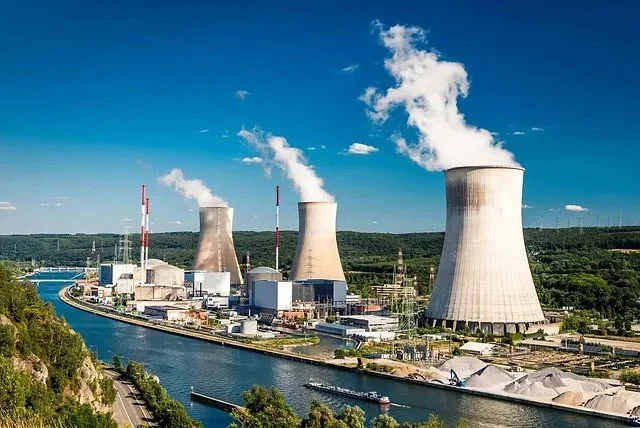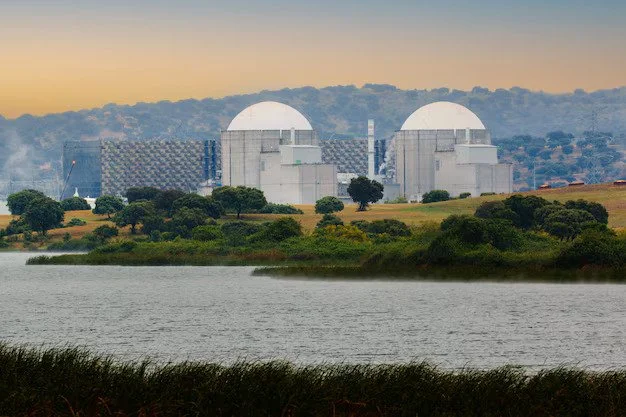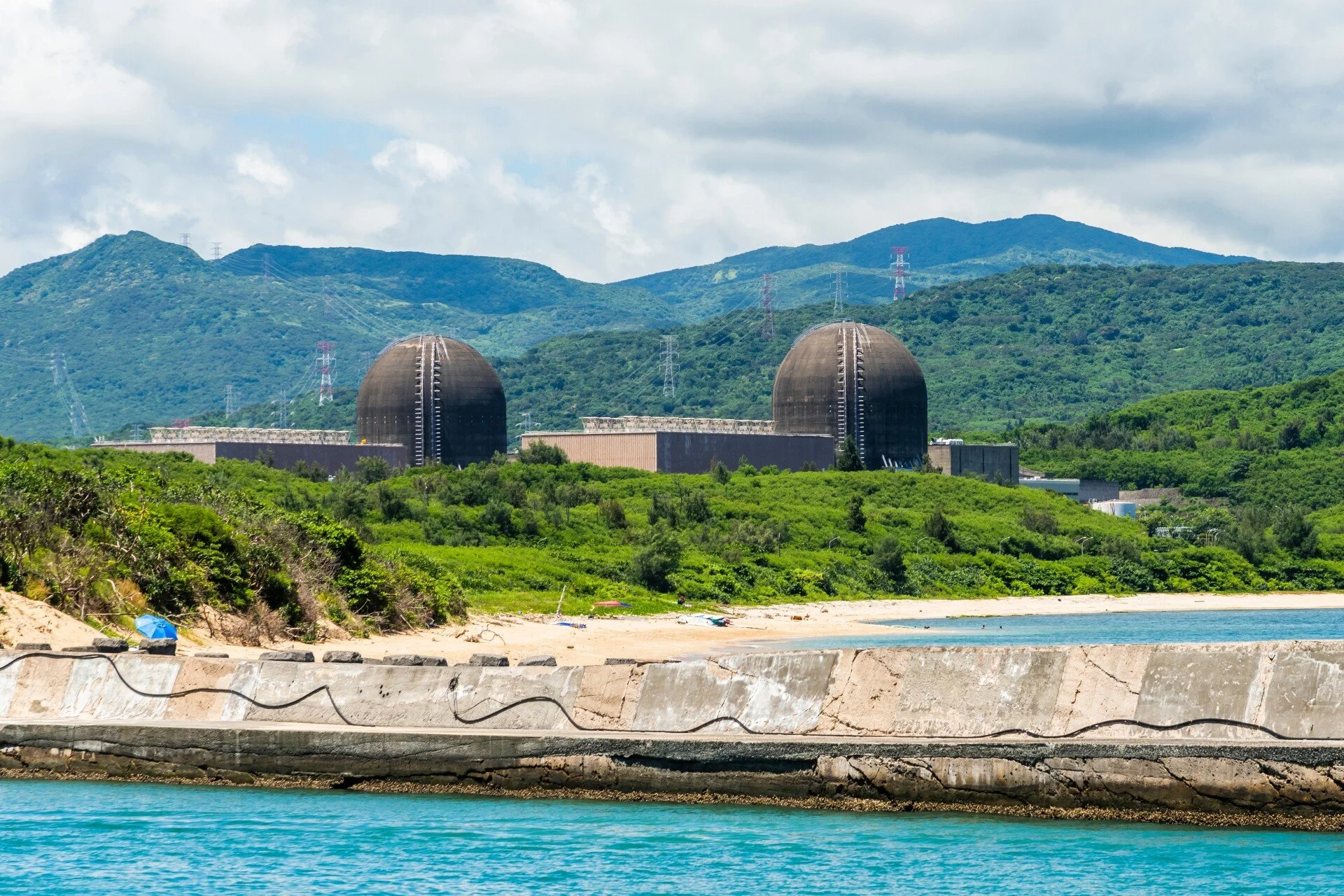Current Nuclear Phaseouts
Belgium
Tihange Nuclear Plant. Tihange 2 shut down in 2023.
phase out: 2022-2035. 2 gigawatts already lost. 4 gigawatts remain.
Despite hosting the world’s first nuclear summit in March, Belgium considered phasing out nuclear energy as early as 1999 and have an active phaseout policy that started in 2003.
As of April 2025, 3 reactors have already been shut down, most recently Doel 1. Doel 3 closed in September 2022, and Tihange 2 closed in January 2023. With 4 reactors remaining, with about 4 gigawatts of generation, providing slightly less than half of Belgium’s electricity. The last reactor slated for closure is Tihange 3, in 2035.
In March 2025, the 10-year extension of the Doel-4 and Tihange-3 nuclear power plants in Belgium was formalized between French energy group Engie and the Belgian state.
Spain
Almaraz Nuclear Power Plant. Almaraz 1 is set to close in 2027.
PHase out: 2027-2035. 7.4 gigawatts to be lost
Spain’s government plans to close all 7 of their nuclear reactors by 2035. Almaraz 1 is the first reactor slated for closure, in 2027, and needs legal action this year in order to provide a pathway to save it. Almaraz 1 and 2 produces 7% of the nation’s electricity, enough for 4 million Spanish homes each year. In 2023, the plant avoided 5.5 million tons of CO2 from being emitted into the atmosphere.
Spain’s nuclear reactors, with 7.4 gigawatts capacity, provides 20% of the nation’s electricity. Econucleares is a civil society organization fighting to stop the closures.
Taiwan
Maanshan Nuclear Plant, the last nuclear plant in Taiwan.
phase out: 2018- 2025. 3.2 gigawatts lost. 1.8 gigawatts remain
The planned nuclear phaseout in Taiwan is particularly frought considering the island imports 97% of its energy from maritime shipping routes. In the 1980’s, Taiwan received roughly half their electricity from nuclear energy, with 6 working reactors.
Jinshan Unit 1, Taiwan’s oldest, was closed in December 2018, and Unit 2 was taken off in July 2019. Kuosheng closed in 2021. All together these closures took 3.2 gigawatts of the grid.
The DPP came to power riding an anti-nuclear wave. When the DPP won the presidential seat in 2016, they promised to phase out nuclear completely. Re-elected in 2020, the DPP plans to close Taiwan’s two remaining reactors by 2025.



